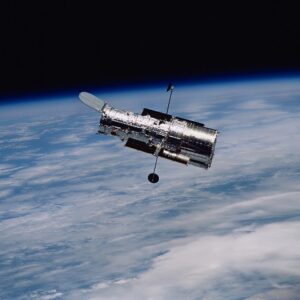from a telescope to the first space telescope and a little theoretical physics
Telescopes are built, and have been built, as high as possible, in places with cleaner, drier air, and no light pollution. However, Newton already knew that the Earth’s atmosphere interferes. Even so… In order to get an even clearer picture of what’s out there, we need to look above the atmosphere. We need a space telescope. This concludes our quick telescopic exploration from Earth.
In the next chapter: we’ll head to Space with the first space telescope, which is none other than: Hubble. =)
– GLASSES TO TELESCOPE
The Hubble Space Telescope, which has been orbiting the Earth for 32 years, was named after American astronomer Edwin Hubble (November 20, 1889 – September 28, 1953). The work on it started in the 1970s. Its primary mirror is 2.4 meters in diameter. It has a newly developed gyroscope system so that it can focus on a given point while traveling (25,000 km/h), and a star map and tracking system are used to stabilize Hubble. It works in the visible, infrared and ultraviolet ranges (more about these HERE).
NASA was supposed to launch the Hubble Space Telescope in the fall of 1986 as part of the Space Shuttle program. However, in January, the Space Shuttle program was shut down as a result of the Challenger tragedy (you can read about it HERE, among other things). After a shutdown of more than 2 years,
Hubble was launched on April 24, 1990, aboard the space shuttle Discovery.
This mission also caused a few heart attacks. For example, the first launch was cancelled due to a malfunction, and the second launch was successful, but only for the second time. It also had to be stopped just half a minute before launch due to a faulty valve, which was eventually fixed, allowing the countdown to restart within the designated time window.
Then Hubble itself had problems. First, one of the two solar panels failed to open due to a sensor error. If there is no solar panel, there is no charging, no operation… The solution was to turn off the sensor that indicated the error, so the solar panel opened and could start operating.
After Discovery “released” Hubble, it accompanied it in orbit for a few days, but no intervention was needed, so the crew returned to Earth on April 29, completing their other missions.
On May 20th, the long-awaited first image of the Messier 100 spiral galaxy arrived, which underperformed all expectations…
Yes, underperformed…
When Hubble was being built, cost cutting and the ever-shortening deadline left no opportunity for tests, which would have revealed here on Earth: the primary mirror was defective. The edges of the telescope’s primary mirror had been ground too flat by just a fraction of the width of a human hair, because of a flaw introduced into the test equipment used to evaluate the mirror’s curvature prior to launch. Although perfectly smooth, the mirror could not focus light to a single point. By the way, this was the first primary mirror polished by a computer. The solar panels also vibrated when entering the Earth’s shadow, which interfered with Hubble’s operation.
The first image sent by Hubble was no different, better, sharper than if it had been taken from Earth, where our own atmosphere interferes with the clear image. Hubble consisted of modules, thinking about later developments, but access to the main mirror for repairs… No one counted on this. The solution (placing correction mirrors), the modeling, and the training of the crew for the assembly work took a long time. After more than 3 years, the first repair mission with the Endeavour space shuttle was launched, with four postponements. Then, for the fifth time, on December 2, 1993, the space shuttle was able to launch and capture Hubble. The planned repairs and developments were completed during 5 spacewalks, and
on December 18, the new image of the Messier 100 spiral galaxy arrived after the repairs.
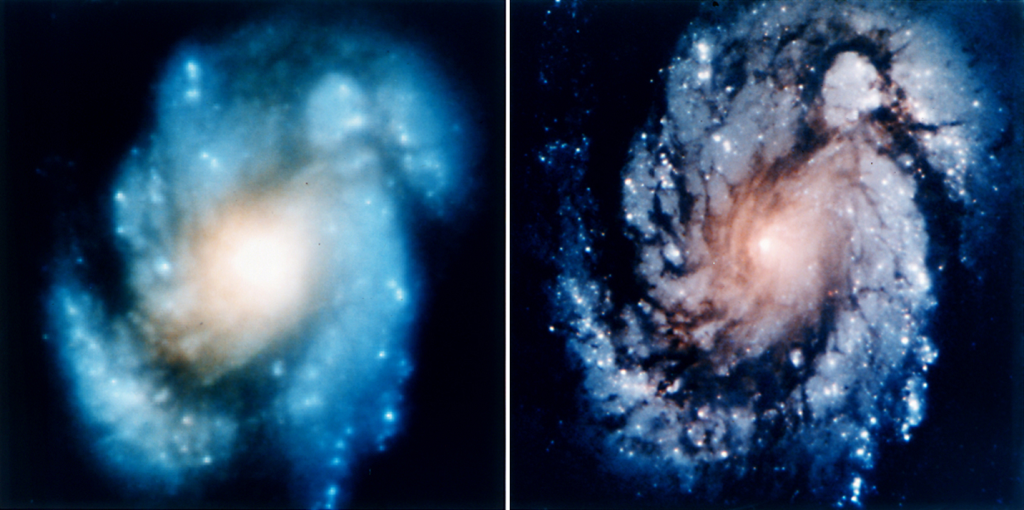
And the Universe opened up to the human eye.
Hubble refuted, supported, and discovered with the images it took, while undergoing further repair and development missions: in 1997, 1999, 2002, and after 2003 it was in danger. With the Columbia tragedy, the last repair and development of Hubble was canceled, but in 2005 it was announced that the mission would be restarted. In 2009, the crew set off on the Atlantis space shuttle for the last repair, which consisted of 5 spacewalks. Among other things, Hubble received a new camera.
In Hubble’s first year, we were able to track, for example, a comet that crashed into Jupiter:
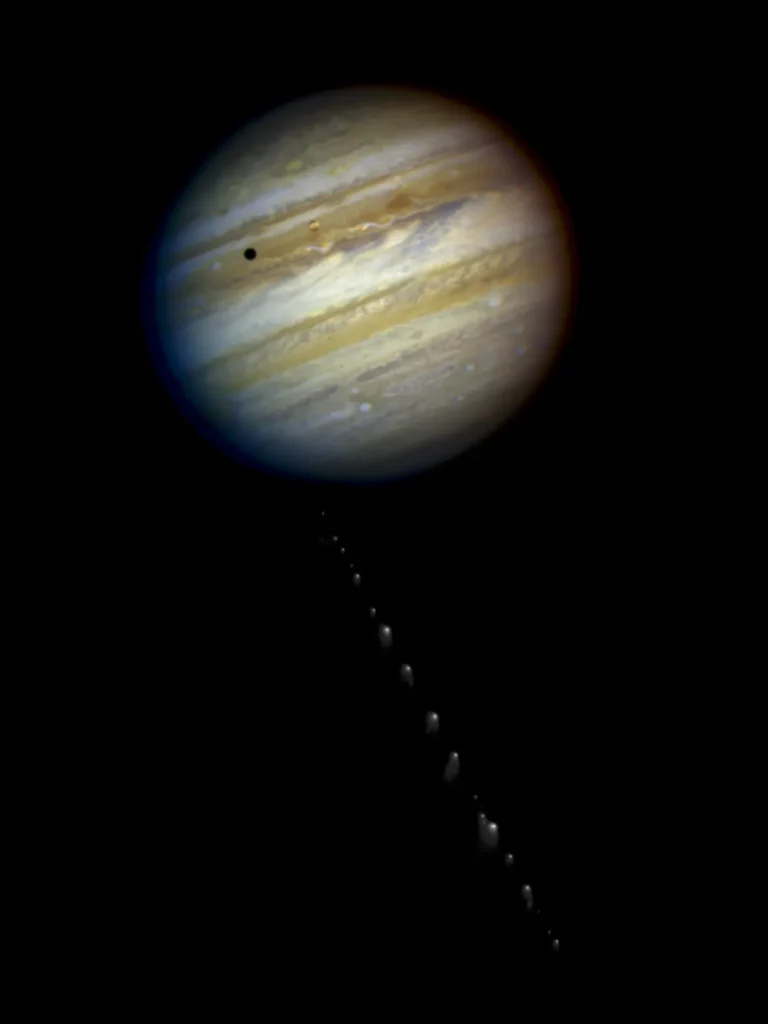
Then it managed to get a nebula on its lens (the images are more recent):
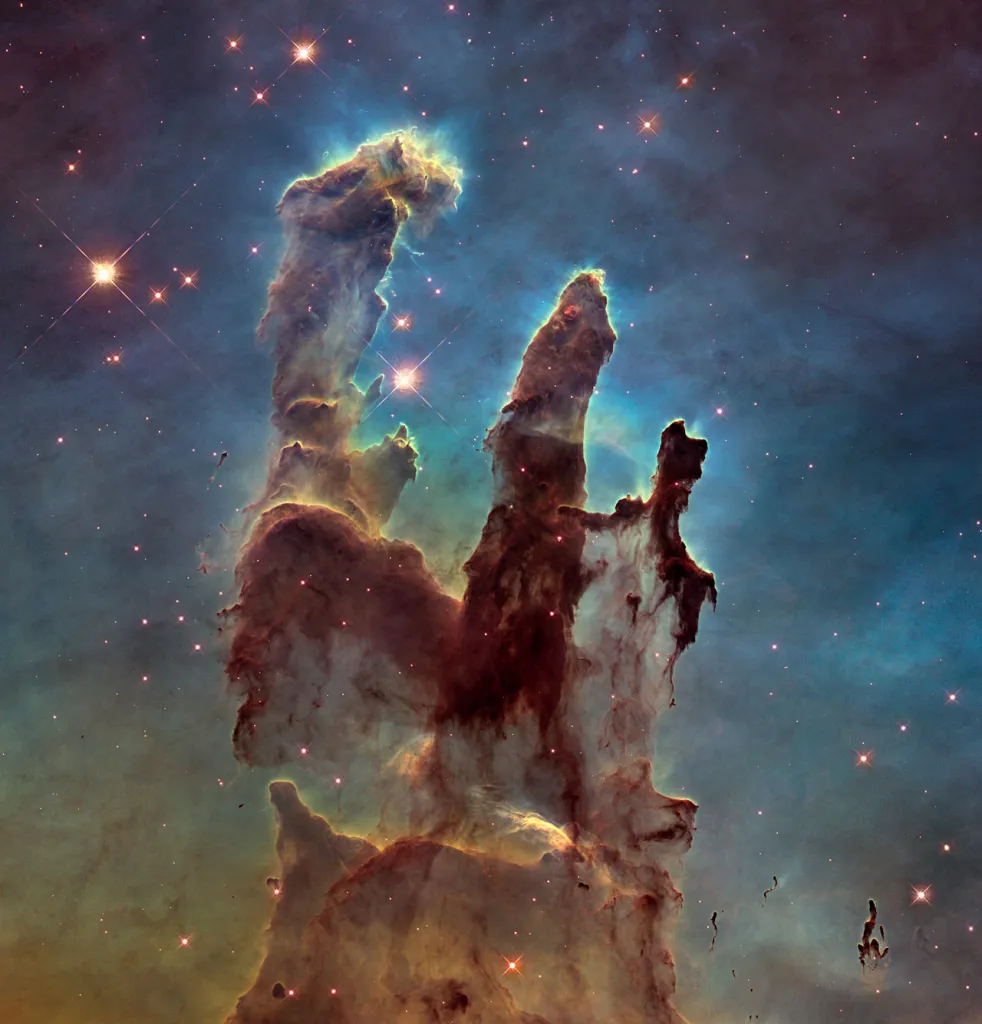
This cloud of dust and gas, for example, no longer exists. Because it is 7,000 light-years away from us and was destroyed about 6,000 years ago (we will see it in about a thousand years).
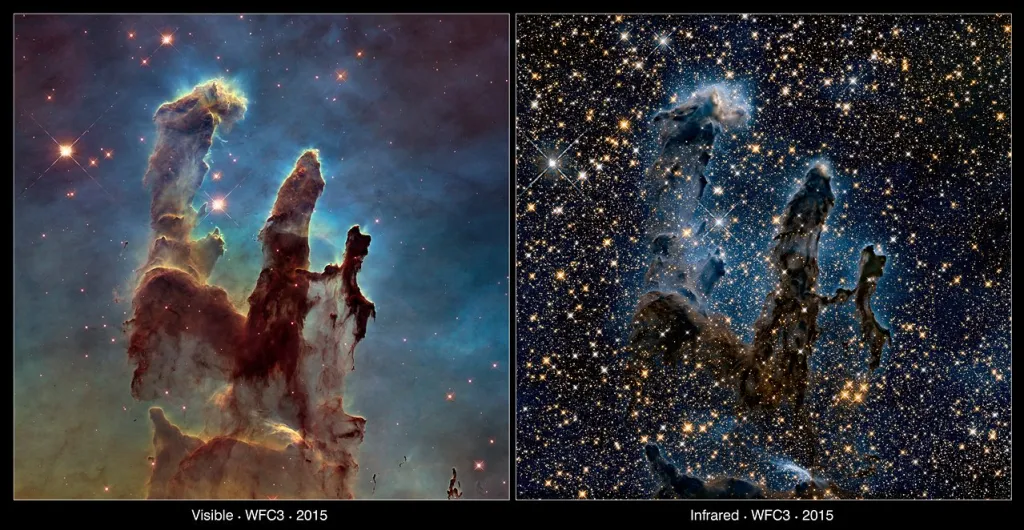
Later, American astronomer Dr. Robert Williams (October 14, 1940 – ) came up with the idea of pointing Hubble at a dark spot and exposing it for 10 days. This is how the Hubble Deep Field was born in 1996, which is still being studied today.
The image shows thousands of galaxies with hundreds of billions of stars.
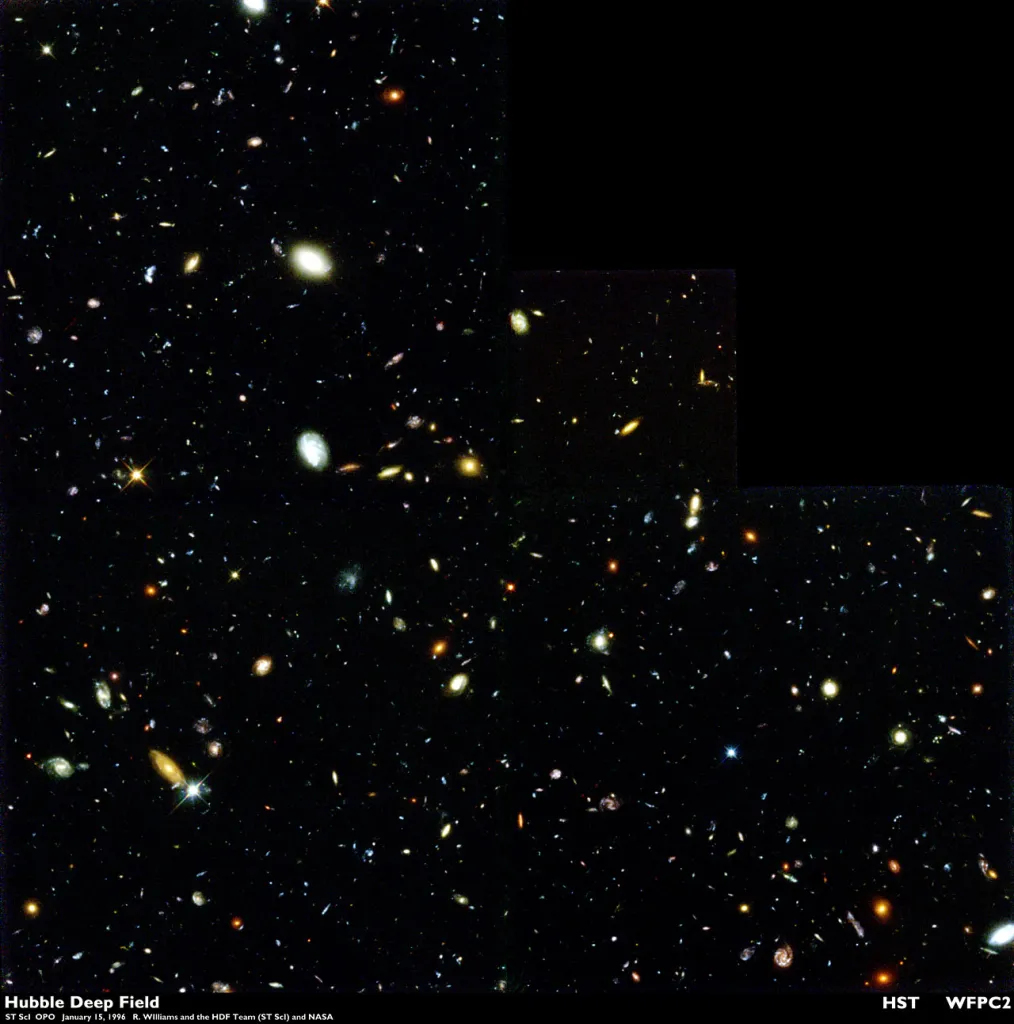
This gave rise to the Legacy Field data set: a combination of 16 years of observations, 7,500 exposures, going back 13.3 billion years (500 million years after the Big Bang) and encompassing 265,000 galaxies.
Unfathomable…
Thanks to Hubble, observing supernova explosions revealed that the previous theory that the expansion of our Universe was slowing down because gravity was pulling everything back, had collapsed by the end of the 1990s. It turned out that the opposite was happening: it was accelerating. They began to look for the reason. They went back to Albert Einstein (March 14, 1879 – April 18, 1955) to the following hypothesis, according to which the Universe is static, that is, it is not expanding, not shrinking, and motionless. Since gravity is everywhere and always pulls back, the cosmic constant was needed. The cosmic constant is a repulsive force that repels just enough to keep stars and galaxies apart.
Space, on the other hand, is expanding at an accelerating rate.
Dark Energy is what is causing the Universe to accelerate.
This energy makes up more than 70 percent of the Universe. All the matter that makes up all of us is a small fraction of the known Universe.
But this is just a theory.
The Hubble Space Telescope has reached the limit of its performance. This has already been proven with one of the deep space images, where the image is already noisy when looking as far as possible. This telescope is one of humanity’s greatest successes. Not only does it bring us closer to our origins and a true worldview, but for example, the imaging technology used in it helps in medicine to detect breast cancer and can distinguish between benign and malignant tumors by examining breast tissue. This technology was originally designed to research supermassive black holes.
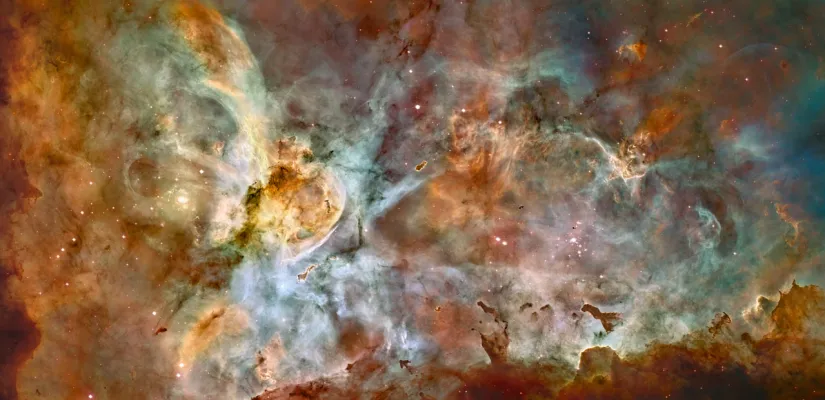
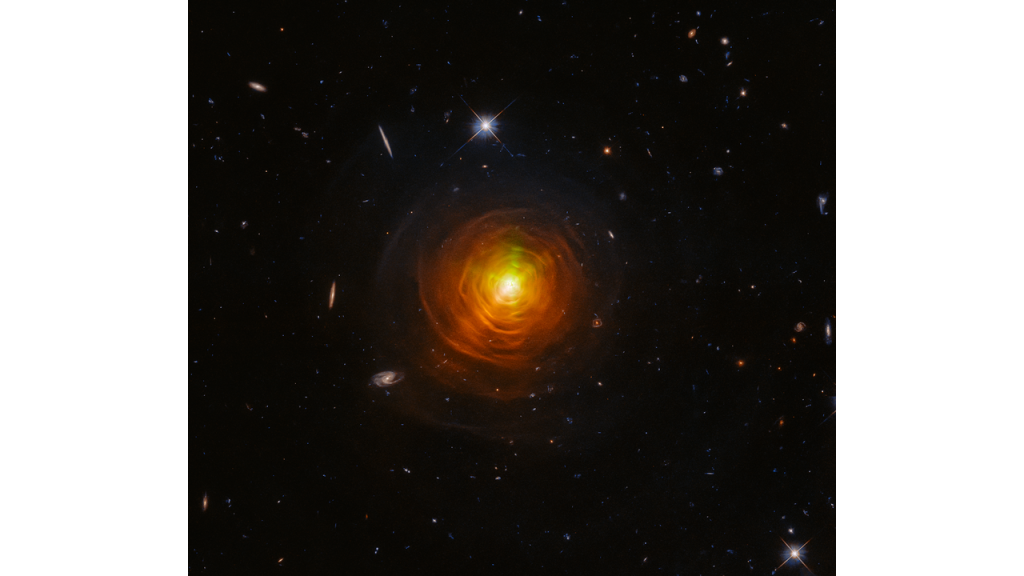
I could post all the images taken by Hubble here, but all of the Recommended Links have galleries, please help!
As such, Hubble won’t last forever either… They don’t plan to develop or improve it. Webb will not replace Hubble, especially since the former doesn’t work in the visible range, it has other tasks, although it overlaps with Hubble. We’ll talk about it later.
UPDATE – June 2023
This was rumored until the end of 2022. However, at that time, NASA, together with SpaceX, announced that they were investigating the possibility of extending Hubble’s lifespan. NASA later announced an open tender for the project.
There are now two possible options regarding the future of Hubble. One is that when its time runs out, a spacecraft will be sent up to help it land in a controlled manner in the Pacific Ocean space graveyard (Nemo’s point) with its 11 tons (of course, some of it will burn up in the atmosphere and fall to pieces). Because due to its constantly decreasing orbit, it would sooner or later crash, even if its instruments could handle a boost.
This leads to the rescue/life extension plan: they would push the spacecraft to a suitable altitude.
Let’s hope that it won’t be long before the news reports start to talk about the development of Hubble, because that would mean that the implementation of the launch to a higher orbit has begun.
UPDATE – 2025
Plans to save, repair, and develop Hubble were rejected by NASA for several reasons. The main consideration is safety; we currently do not have a space shuttle/spacecraft to safely travel there, stay there to do the repair work.
Hubble has already sunk below 500 km, at this level there are already low-orbit satellites orbiting. It operates with one gyroscope (and one spare) out of three main and three spare and it does not see closer than Mars. The spacecraft is predicted to operate for 10 years.
Currently, there are no plans to launch a similar, new project that could replace the work of Hubble.
Recommended links:
Be a Nerdy Bird!
